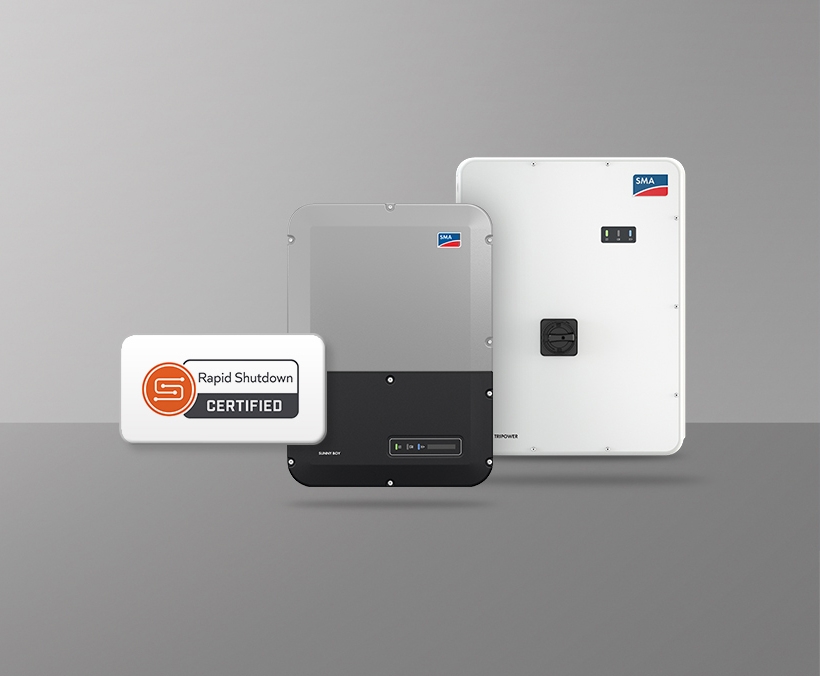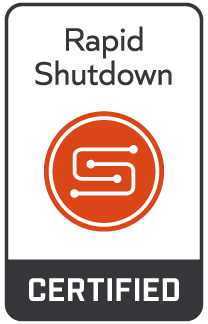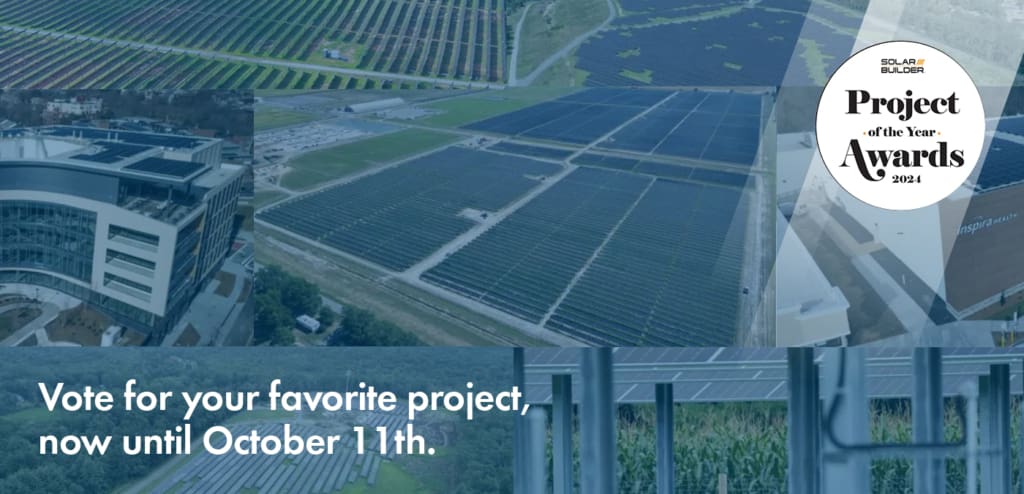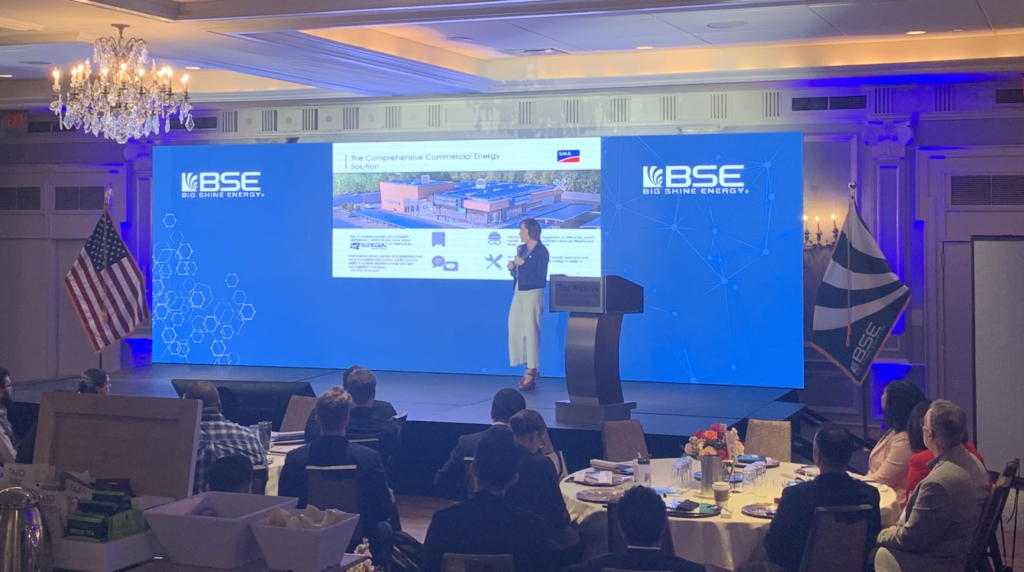Easy, Reliable and Cost-Effective Rapid Shutdown Compliance Utilizing the SunSpec Standard

The requirements of 2017 and 2020 National Electric Code (NEC) section 690.12 – entitled Rapid Shutdown of PV Systems on Buildings – currently mean that module-level power electronic (MLPE) devices must be installed with PV systems installed on buildings, even if they are not appropriate for energy optimization reasons. As microinverters and standard DC optimizers solutions are closed, proprietary solutions, their use locks installers into depending on a single source for equipment and replacements.
As discussed in the first blog post of this series, the SunSpec Alliance has the goal of creating industry-wide standards to resolve issues like compliance with Rapid Shutdown requirements. Their Rapid Shutdown standard allows for multiple vendors to certify equipment to an open, published standard – allowing installers to choose between interoperable devices and avoid being locked into a closed ecosystem to comply with code.
SMA has been a global leader in PV technology for almost 40 years. SMA America will celebrate its 20th anniversary in September 2020 and has long been a technology leader: first with UL certified inverter-integrated AFCI as well as the first to achieve UL1741 SA smart inverter certification. SMA’s success is based on ensuring that it delivers safe and reliable equipment that reduces the time installers must spend on a roof installing or servicing PV equipment. With Rapid Shutdown now requiring module-level power electronics for rooftop PV systems, SMA faced a daunting challenge to provide a fully code-compliant solution that also minimizes reliability impacts, while ensuring optimal energy yields. The SunSpec rapid shutdown standard provided a perfect complement to SMA’s ShadeFix optimized residential and commercial string inverters to achieve this goal.
The functioning of the SunSpec rapid shutdown process is very straightforward. Two components are required – a transmitter and some number of receivers. The transmitter is responsible for imparting the SunSpec rapid shutdown power-line signal onto the DC conductors that go between the array and the inverter. The receivers are responsible for detecting the signal on those conductors. While the signal is present, the receivers do nothing. When the signal disappears, the receivers are responsible for lowering the array voltage below the code limits within the code specified time after rapid shutdown is “initiated”. They isolate their modules from the string they are part of, without breaking the string, and provide a low, “standby” voltage on their output conductors if the SunSpec signal is absent. This power-line communication signal is a “keep-alive” signal that does not require any additional wired or wireless communications channel between the array and inverter. It is important to highlight that the SunSpec certified receivers do not perform any power conditioning function or transmit information about the array operation, thereby allowing them to be very simple and robust devices. This is important, as there may be many hundreds of these devices scattered throughout the harshest environmental conditions of a single large commercial rooftop installation. Time spent servicing failed MLPE devices is time not spent installing. 
SMA America has integrated a transmitter certified to the SunSpec rapid shutdown standard into both our residential Sunny Boy US-41 and commercial CORE1 US-41 inverter lines. This transmitter, when enabled during commissioning, begins to impart onto the DC conductors connected to the array the SunSpec rapid shutdown “keep-alive” signal.
SMA’s approved SunSpec certified rapid shutdown receiver can support most residential and commercial module choices, meaning only this part needs to be sourced when using either SMA’s residential or commercial string inverters. This makes stocking and allocating inventory as easy as possible for installers and equipment distributors. Furthermore, SMA’s string inverters do not require the SunSpec shutdown receiver units to function, so if the PV system does not require rapid shutdown (e.g. a ground mount) then the receivers are simply not installed. Commissioning with SunSpec shutdown is fast since there is no detection step required for these MLPE or a layout map creation step for module-level monitoring.
The SMA inverter-integrated SunSpec transmitters are configured to stop broadcasting the “keep-alive” signal whenever the inverter senses a loss of utility voltage and frequency on its AC terminals. A first responder will shut off utility power to a site as an initial step to fight a fire, so this means the rapid shutdown “initiator” – loss of AC power – is something that would be done even if that responder has no formal training on how to recognize and utilize rapid shutdown equipment on a PV system.
Finally, the existence of the SunSpec rapid shutdown open standard means that multiple vendors can provide receiver devices that mirror trends in the PV module market. More devices with a wider range of options and sizes are available to installers than SMA alone could reasonably provide, and module manufacturers can even build the receiver capability within their module’s junction box directly. These devices (and the installer installing them) are not dependent on an SMA inverter to ensure rapid shutdown code compliance, simply another certified transmitter, inverter-integrated or stand-alone.
The existence of the SunSpec rapid shutdown standard has allowed SMA America to improve its ShadeFix optimized string inverters to provide the industry’s fastest-to-install, most reliable and cost-effective solution for any PV system needing to achieve 2017 or 2020 NEC 690.12 compliance.




Hi Mike – with the publication of UL3741 there is a “safe harbor voltage” that usually allows 3 panels in series to be active. Seems that inline disconnects would be the right cost effective solution to comply. Is SMA making any, or partnering with anyone to make?
Andy – SMA is watching the adoption of UL3741 closely and working with industry partners to advance this method of full compliance with “inside the array boundary” rapid shutdown requirements potentially without the need of module isolation devices at all. SMA participated in a Mayfield Renewables webinar on this very topic. Link to recording here.
Hi Mike! I’m hoping you can offer some reassurance that I’m on the right track with the system I am currently assembling. I’m installing 2 strings with 10x 300W panels each into a new SP7.0-1SP-US-41 inverter (planning to add a third string later on). Due to availability through my distributor, I purchased SunSpec compliant APsmart RSD-S-PLC #415002 for my RSDs. Can you confirm that no additional monitoring or communication equipment is necessary for proper RSD functionality and string-level monitoring / failure detection?
Thanks for your time!
Thomas
Thomas – Correct, the Sunny Boy US-41 line has the built in SunSpec certified transmitter to work with the APsmart devices you procured to provide full rapid shutdown compliance. The transmitter does need to be turned on during inverter commissioning. If you register the Sunny Boy to the ennexOS Sunny Portal, you will have string level monitoring available. This does require a FW version of at least 3.2.13.R or higher on the Sunny Boy – you can find the most recent version on the SMA-America website here. I am not sure what you mean by failure detection – there is a string production monitor that can be activated during commissioning to detect production drops.
Thank you for confirming the SPS shortfall in regards to the SunSpec control. This has been a question since we commissioned a -41 SB using JMS-F MLPE modules. We did install the SPS outlet and switch not realizing that it would not work.
I have done a proof of concept with an older SB -40 inverter and GiB TS4 gateway and TS4-A-O modules. One must realize, that during a severe grid failure, there will be no internet and most likely no phone service. Design concepts that speak to a non-grid capability may apply. In my case, I am looking at the TS4 CCA which can be controlled locally via Bluetooth and removing the JMS-F modules in favor for TS4-A-0 Optimizers. I am also aware of the series connected 9vdc batteries to enable the GiB TS4 gateway. The CCA seems to be a cleaner approach.
The only other solution, to keep the current SunSpec modules, is to use a stable generator to emulate the grid. Understanding that it would have to meet the .5~1.% frequency stability. This is not efficient method. Especially during a long term severe event where fuel may be extremely hard to find.
I do appreciate the help that SMA and others have provided. I am also open to better way forward if one exists.
John – The method of utilizing the SPS with the GIB and 9 V batteries was only tested with TS4-R-O units. Use of a CCA or TS4-A-O units was not tested by SMA and so is not officially supported. SMA does not approve of connecting the output of a PV inverter to a generator without backfeed protection for the generator.
I, too, am wondering about rapid shutdown solutions that don’t adversely affect the Secure Power Supply option on Sunny Boy inverters. It would also be nice if SMA was clear and upfront about this conflict. I’m probably not the only one who learned the hard way.
Tom – The stringent voltage limits both within and outside the array boundaries specified in 2017 NEC make the correct functioning of secure power supply function in conjunction with code compliance very complicated. As most large markets now require compliance to 2017/2020 NEC 690.12, the decision was made to make this compliance easy and reliable. The unfortunate consequence is that the Secure Power Supply functionality is not available when using the inverter’s built in SunSpec transmitter. Our Sunny Boy datasheet clearly labels the Secure Power Supply function as “not compatible with SunSpec shutdown devices”. Apologies if there was any confusion.
Thanks, Mike,
Is it possible to use an external SunSpec transmitter, (such as the Tigo RSS) and regain the Secure Power Supply functionality? More generally, is there any way to regain the SPS functionality that we once knew and loved?
Tom – while you might be able to configure a solution that works, SMA has not tested or approved any method of using an external transmitter to “recover” the SPS function. So it would not be an SMA supported solution.
Hi Mike, is this not from SMA?
https://ressupply.com/documents/sma/Secure_Power_Supply_Operation_with_TS4-R-O.pdf
Colt – note in the Purpose section of that note that it applies only when the TS4-R-O units are used for rapid shutdown, not the SunSpec receivers JMS-F. The TS4 units use a separate dedicated wired communications channel to achieve shutdown compliance.
Hello Mr. Mahan ,hope all is well. My name is Michael Horton and I am writing to you in regards to your company and products. Years ago I invested a lot of time and effort into researching renewable energy within the state of New jersey. I noticed there are a lot of components to new technology. I took a pessimistic view with investing in Solar Panels at first, But, when large companies fortified me with guarantees and warrantees, I decided to invest. Many sources were involved with completing this project, and I have been trying to get to the right people to clear up a situation I have been following for a few years. I noticed low productivity with my Solar panels and contacted some sources about this issue. Although I was sent information and guided in another direction I found myself without the proper answers to fix the problem. Recently a Licensed Electrical contractor came and identified the problem coming from the inverter. I have two inverters. Both inverters are Sunny Boy by SMA and one has 24 panels hook on it and the other has 14. The larger SB 5000 US panels is ok and the smaller one SB 3000 US is defected, according to the test. My warrantee for the inverters is for 10 years. They were put on my roof January of 2011. For some strange reason, when the contractor called your company they say the warrantee is expired. They gave some explanation about when they product was produced. Hopefully you can help with this situation and alleviate this problem which existed for years. Thank you in advance Michael Horton 908 810 0234
Michael – Our inverters standard warranty back in 2011 was 123 months from the factory shipping date. As we do not sell directly to installers and there was no way for us to track when they were installed and powered on, we added 3 months for the sales and install period to the 10 year warranty period. (Now it is free and easy to register on our monitoring portal and that can be used to determine ten years of operation). If your electrician called SMA service the device serial number is used to track shipment date and thus warranty end date. I apologize for any confusion this older warranty setup may have caused.
Does an option exist (or in development) for Secure Power usage with rapid shutdown requirments?